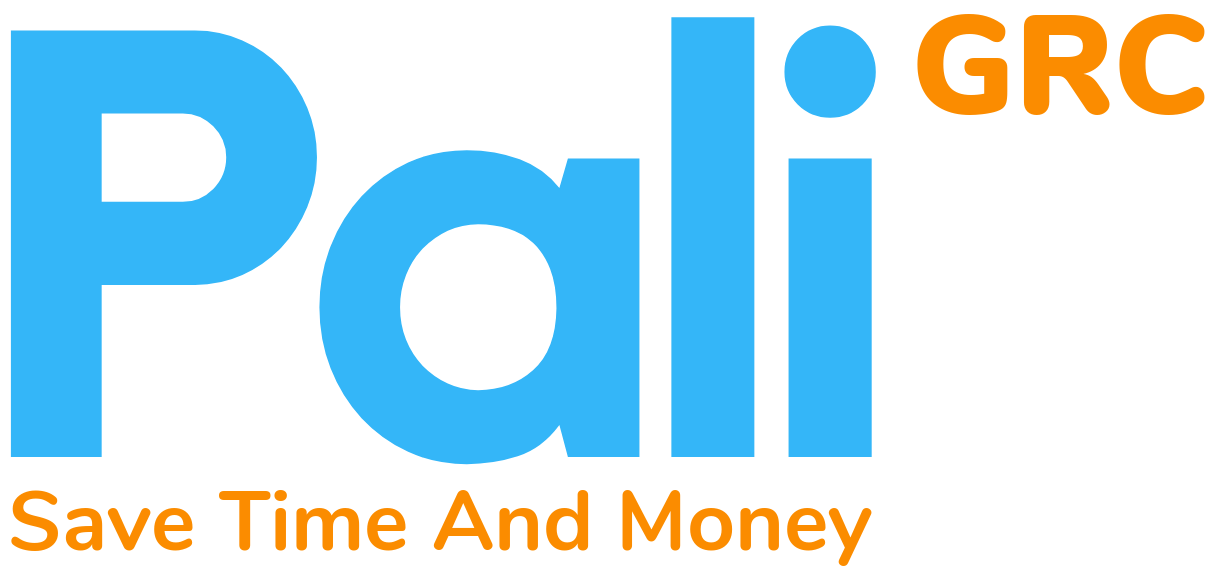Performance Tracking for TQM
Total quality management (TQM) is an ongoing process of detecting and reducing or eliminating errors.
In order for a total quality management system to work effectively, performance measurement needs to be considered an essential element.

A Systematic Approach
In general, total quality management refers to the systematic approach to managing an organisation in an overall way. Through the continuous improvement of internal practices in an organisation, the process aims to improve the quality of its outputs, such as goods and services. As part of the TQM approach, standards can be set that reflect both internal priorities as well as current industry standards.
It is an approach to business operations management aimed at improving customer satisfaction. In addition to ensuring all employees work toward the same goal of improving product or service quality, it strives to improve the production processes in place.
Performance Tracking
The purpose of a performance measurement system is to determine the effectiveness with which an organisation is providing high-quality products to customers or stakeholders. In addition to determining whether short and long-term objectives are being met, it can also determine whether established process improvement measures are in place and functioning effectively.
Performance tracking is an essential principle and component of total quality management.
Performance Audits
A performance audit is an assessment to ascertain whether specific programs or functions are operating as planned and are achieving the goals and objectives they were designed to achieve. Performance audits are designed to examine the efficiency and effectiveness of a program or operation with the goal of implementing improvements.
Typically this will be in the form of a series of questions, with the responses being used to produce a scored outcome. This is then repeated periodically, with the results available to be tracked and analysed over time.
Continuous Improvement
Learning more about a organisation's customers, its processes, and its competitors will enable it to evolve gradually and strive for incremental, small improvements over time. In addition to helping adapt to changing market expectations, continuous improvement also facilitates greater adaptability to different products, markets, customers, or regions by allowing for greater flexibility. Additionally, continuous improvement contributes to the expansion of a company's competitive advantage.
The Importance of Data
In order to maximize the effectiveness of total quality management, feedback and input must be given to evaluate how the process flow is happening. Management must continually rely on metrics that are associated to production, turnover, efficiency, and employee performance to match expected outcomes with the actual outcomes.
Performance Tracking in Pali
Within Pali, Performance tracking is carried out with performance audits, which are scored questionnaires that can be run periodically to assess performance over time. Each audit is based upon a pre-defined custom template and assigned to a region, location and category. Templates are comprised of a series of question, each of which can be answered Yes, No, or Not Applicable with answers being scored accordingly.
Managers are able to assign audits to be run periodically, with the auditor able to create action plans at each answer, should remedial action be required. Reporting is available to show audit performance over time and question performance, amongst other criteria.
Please contact us to find out more and arrange a demonstration.
Quality is such an attractive banner that sometimes we think we can get away with just waving it, without doing the hard work necessary to achieve it.

